Director: Yoon Je-Kyun
Writer: Park Soo-Jin
Cast: Hwang Jung-Min, Kim Yunjin, Oh Dal-Su, Jung Jin-Young, Jang Young-Nam, Ra Mi-Ran, Hong Suk-Youn, Kim Seul-Gi, Lee Hyun, Uhm Ji-Sung, Go Yoon
Running Time: 126 min.
By Paul Bramhall
When a major Korean studio decides it’s time to churn out a crowd pleasing blockbuster for the masses, things normally go one of two ways. We either get movies which aim purely for the heart strings like 2013’s Miracle in Cell No.7, or we get movies which aim squarely to tap into Koreans deep rooted patriotism, such was the case with 2014’s The Admiral: Roaring Currents. Both choices will inevitably involve soaring bombastic scores, moments of overwhelming melodrama, and basically be the cinematic equivalent of an emotional roller coaster. Of course there’s nothing wrong with any of that, these movies rarely pretend to be something they’re not, so going into them, one should know what to expect.
With Ode to My Father, director Yoon Je-kyoon goes for the double whammy. He does this by incorporating a story which seems to have the sole purpose of eliciting as many tears as possible, while at the same time presenting the audience with the constant hardships the elder generation of Koreans went through to make the country what it is today. Je-kyoon is no stranger to combining melodrama and spectacle, having also been at the helm of the wildly uneven 2009 tsunami disaster movie Haeundae.
What’s more interesting perhaps is that he’s working from a script written by Park Su-jin. Su-jin most recently scripted the action comedies Quick and The Spy, both movies that involved a lot of general shouting and gurning in the name of entertainment. Ode to My Father on the other hand, plays out as an epic decade spanning tale of one man’s dedication to his family in the face of much resistance and turmoil, so in comparison to her previous efforts, I hoped for a touch of subtlety to be added to proceedings.
However, once you get past the first few minutes, you quickly realize this isn’t going to be the case. Opening with a tracking shot of a butterfly fluttering against a blue sky, we’re soon following it through the modern day street markets of Busan, before finally settling on an elderly couple sitting on a rooftop. It’s a sequence that seems to be dripping with sentimentality before even a single word has been spoken. The couple is played by Hwang Jeong-min and Kim Yoon-jin, both well disguised under some very convincing aged make-up to make them look like they’re in their twilight years.
Jeong-min is one of those actors who’s able to make almost anything he’s in watchable. From starring alongside the likes of Choi Min-sik in gangster movies such as The New World, to taking the lead in Ryoo Seung-wan’s cop thriller The Unjust, he rarely puts in a bad performance. Yoon-jin remains most well known for her role in the US drama series Lost, as well as playing the pivotal role in the movie which broke Korean cinema out on an international level, Shiri. Here they both have great chemistry with each other, and it’s their relationship which forms the heart of the movie.
That being said, Ode to My Father will no doubt be an acquired taste outside of Korean shores. It’s very much a movie which has been made for a domestic audience, and in that regard it’s been a massive success, currently ranking as the second highest grossing domestic film in Korean cinema history. Nostalgia no doubt plays a huge part in this, with the movies largest audience being members in their 40’s, who made up almost 35% of total ticket sales. It’s easy to see why, as Jeong-min’s character almost plays out like an under-fire tour guide through some of the most tumultuous times in recent Korean history.
The Korean history shouldn’t only be of interest to the local audience though, where Ode to My Father really segregates itself is through its localized histrionics. Indeed there’s probably more crying and hysterical yelling in the first 20 minutes than some movies fit into their whole run time. Crying and hysterical yelling feature prominently throughout the next 2 hours. It’s a Korea in which people are either ludicrously happy, gut wrenchingly devastated, or Tom Cruise jump-on-the-sofa in love – there is no middle ground. Of course every outburst of emotion is met with an equally bombastic score, be it soaring violins or somber guitar playing, everything is fine tuned to equate to a lump in the throat.
It’s aspects like this which make Ode to My Father a difficult movie to review, as arguably it does what it sets out to do, striking a chord with its intended audience. However despite this, I couldn’t help but feel there’s a much better movie in there somewhere. There are some elements which are decidedly cringe worthy for any audience, such as there are not one but two scenes when characters stand up for the national anthem (one of which involves the characters singing it, the other which has Jeong-min and Yoon-jin stop mid-argument to salute the flag, a scene that current president Park Geun-hye cited as being her favorite, and driving the need for patriotism).
For all of the above criticism though, it’s a movie which does look amazing. The production design, attention to period detail, and cinematography are all top notch. Following Jeong-min’s character, we get to travel in flashback from when he was a boy being evacuated from the Korean War in 1951, to the many Korean’s who worked in the German coal mines in the 1960’s, through to the Vietnam War in the 1970’s, and the torn family reunification efforts in the 1980’s. Jeong-min plays his role from being in his early 20’s to old age convincingly throughout, and thanks to the tale being told in flashback from when he’s an old man, there’s never any doubt of there being a happy ending.
Despite the visual appeal of the many different era’s, the overall feel is let down by Su-jin’s clunky script, with each part seemingly following a template of – establish setting, cue big disaster, cry, give a speech about what a hard life Koreans are living. It’s about as subtle as a brick, with Yoon-jin’s begging to a German mine boss to let her in after an explosion being particularly awful, as she rambles on about the hundreds of decent Koreans who just came abroad to make an honest living for their family.
All in all though it should be remembered that this is Korean cinema at its most commercial, and whenever things are getting too much, thankfully there’s always a bright spot to keep us watching. To Su-jin’s credit there are a number of in-jokes and character references that are enough to draw a smile, from the child version of Jeong-min’s character meeting the founder of Hyundai, and sarcastically declaring “What next, they’ll be saying we can make Korean cars!”, to chance encounters with Korean wrestling legends.
It would also be a crime not to mention the character of Jeong-min’s best friend, played by Oh Dal-soo, who most will recognize from the likes of The Good, The Bad, The Weird and The Thieves. Much like Hugh Grant always plays Hugh Grant, Oh Dal-soo always plays Oh Dal-soo, he’s the try hard guy with a heart of gold, and always plays the role to perfection. Like Jeong-min, he also has the presence to make even the worst movies have some redeeming quality, and some of the biggest laughs to be had from Ode to My Father are thanks to his character.
In many ways Ode to My Father is the antithesis to Lee Chang-dong’s 1999 feature Peppermint Candy, which featured Seoul Kyeong-gu playing a character whose life plays out in flashback from present day. While that movie drags its protagonist through some of the darkest places in Korean history, with dire consequences, Ode to My Father is the flip side of the coin, as Jeong-min’s resilience and cheeriness see him pull through all the way to the end, and sometimes, a happy ending is enough.
Paul Bramhall’s Rating: 6/10

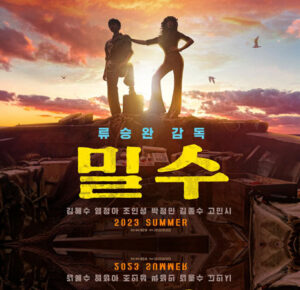

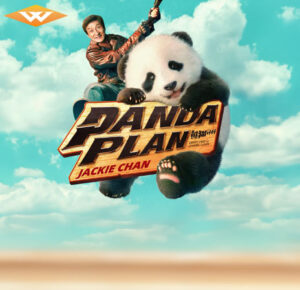


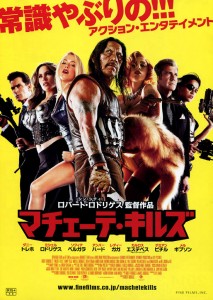
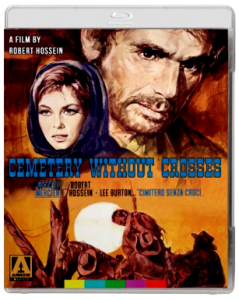
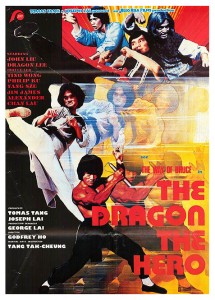
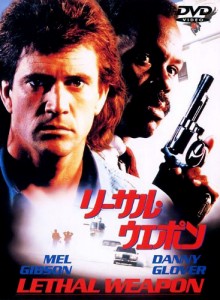
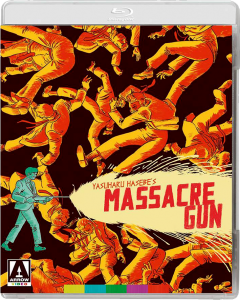
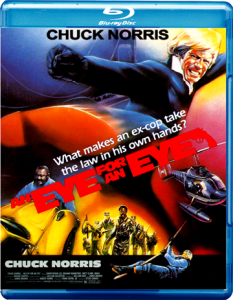
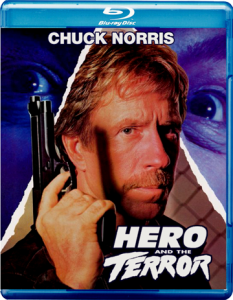
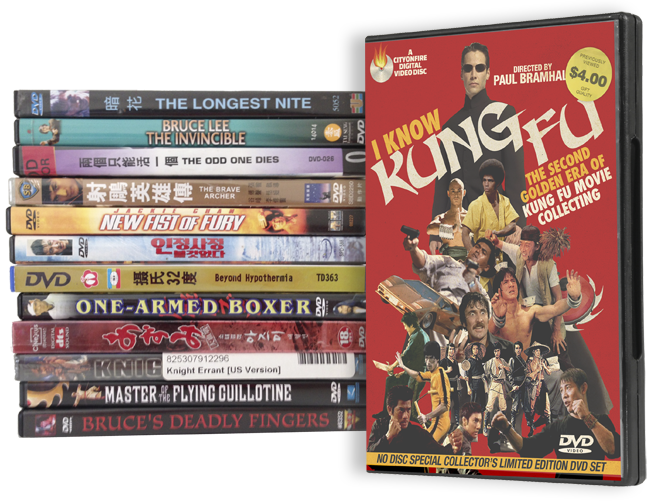 By Paul Bramhall
By Paul Bramhall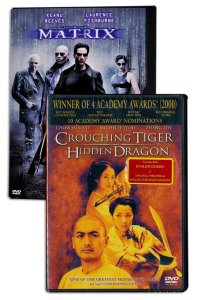
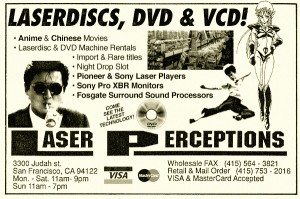
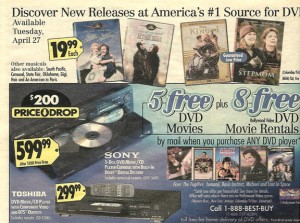
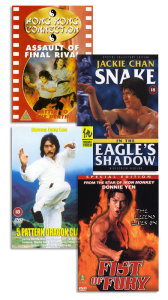
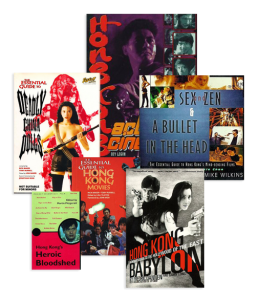
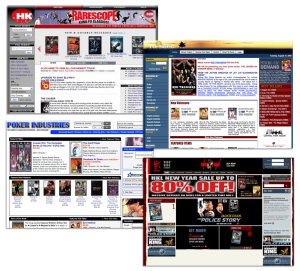
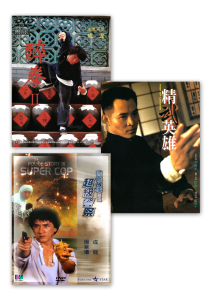
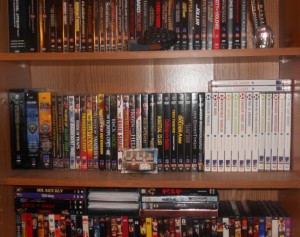
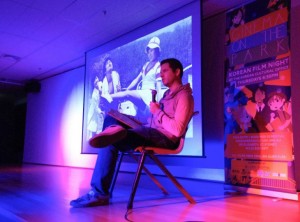
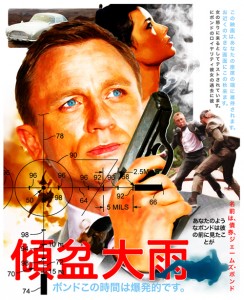
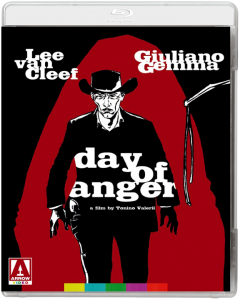
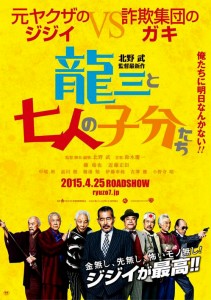
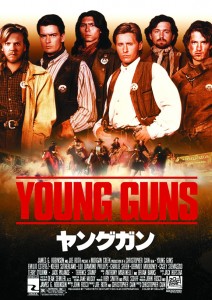
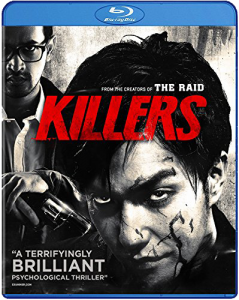
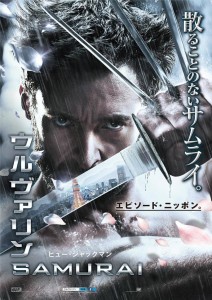




1 Comment